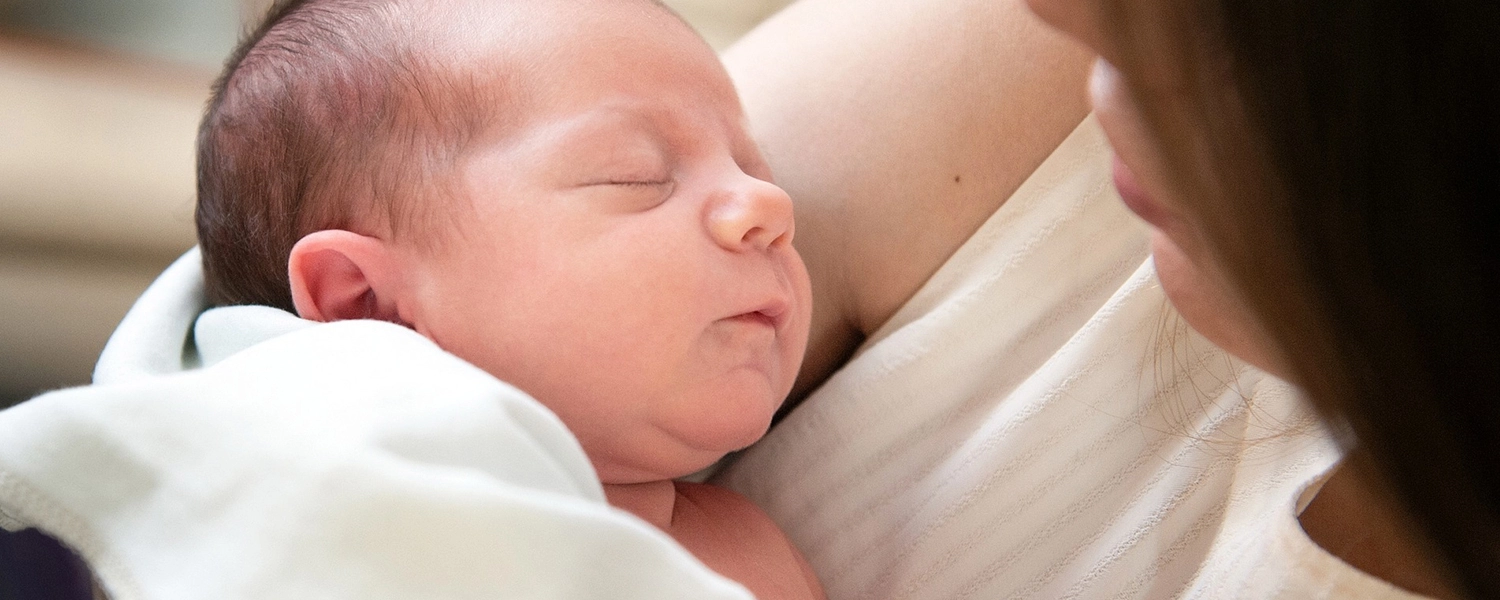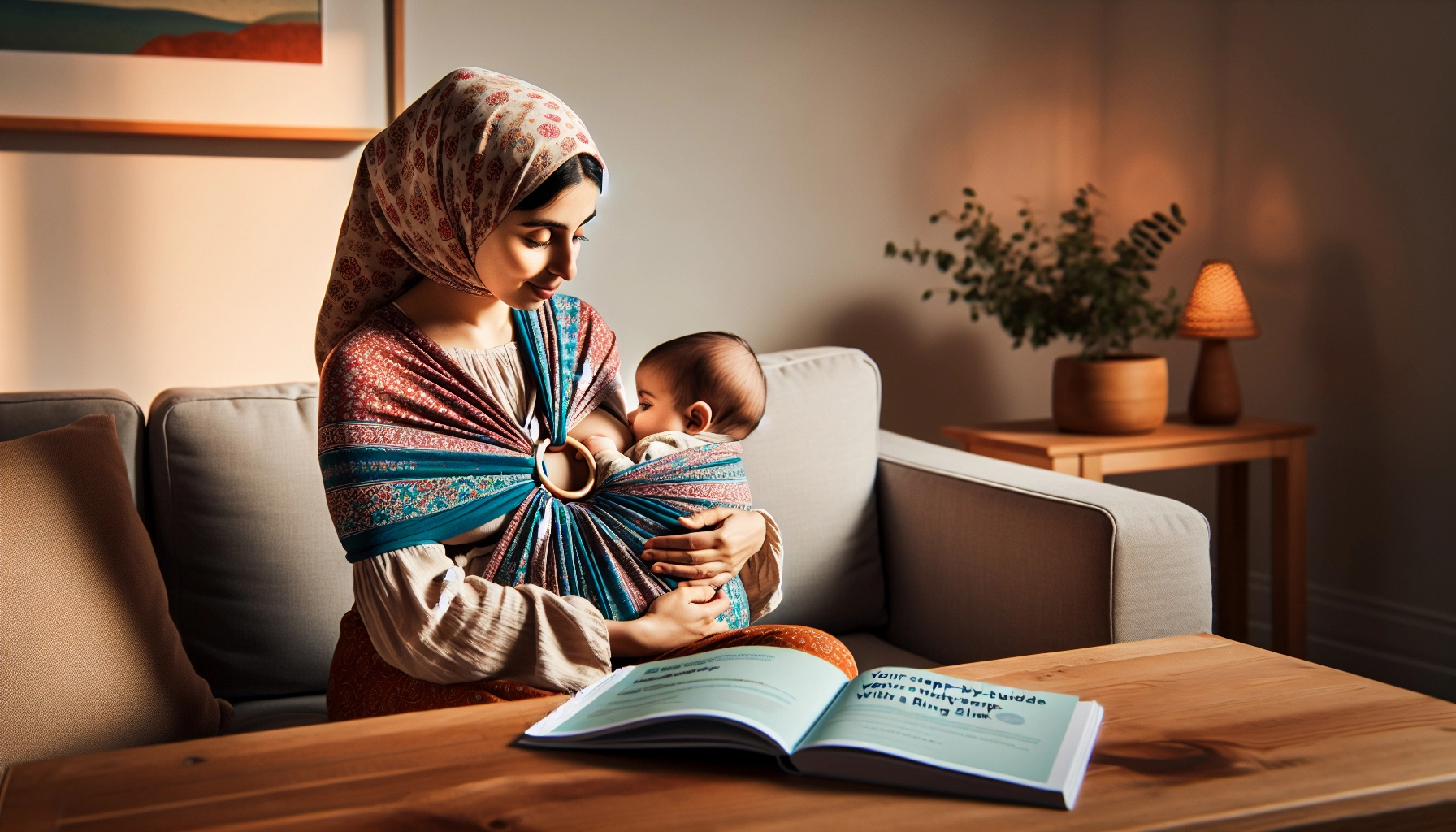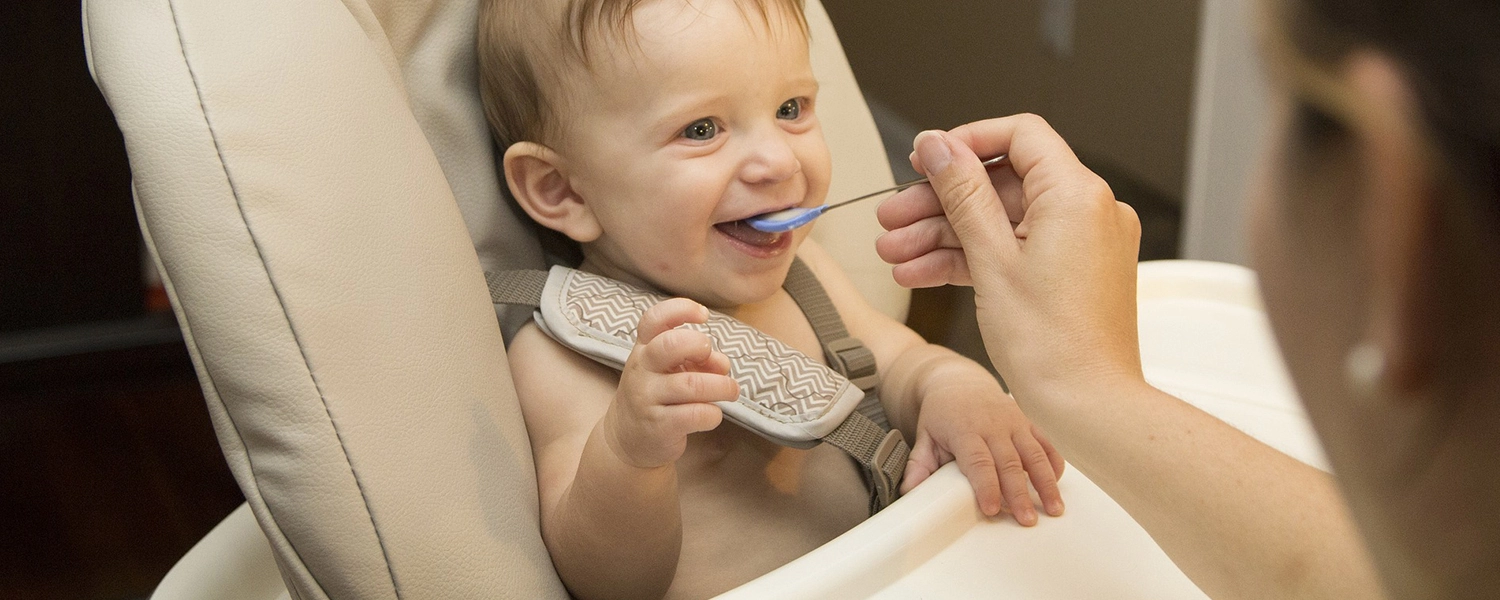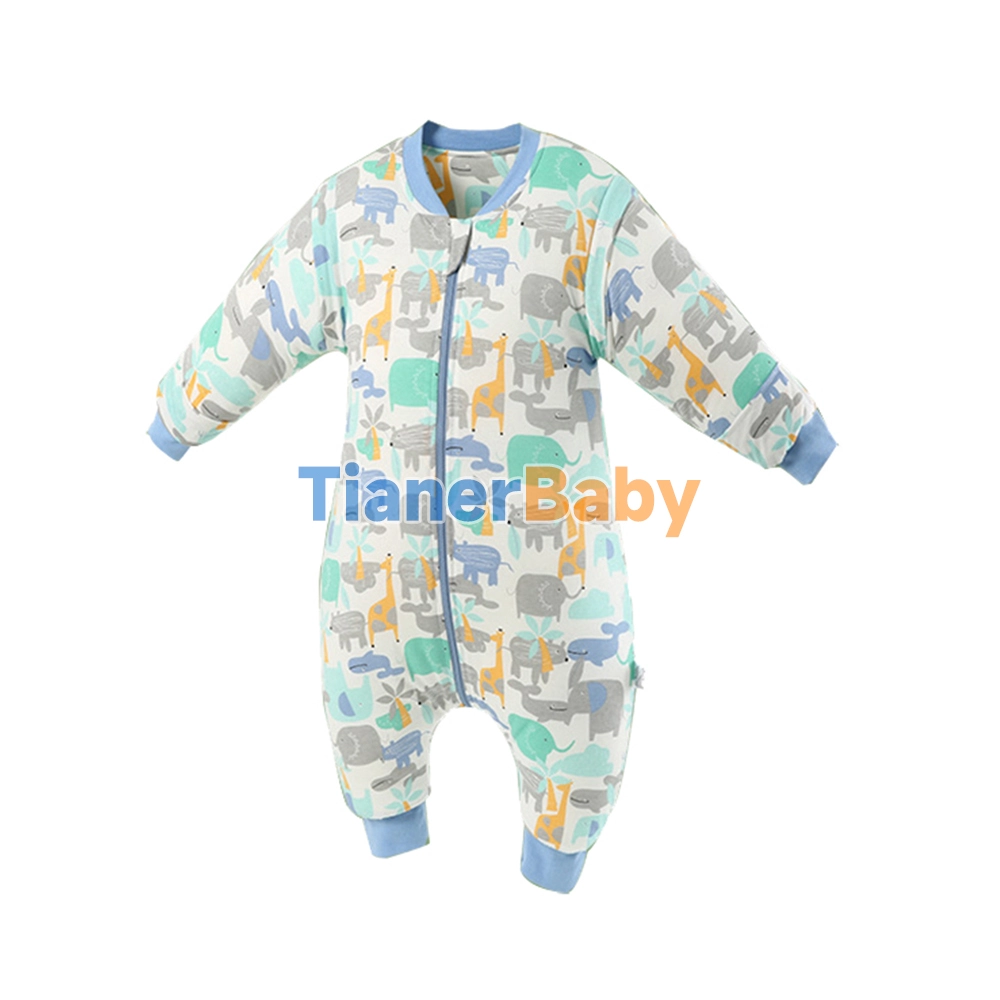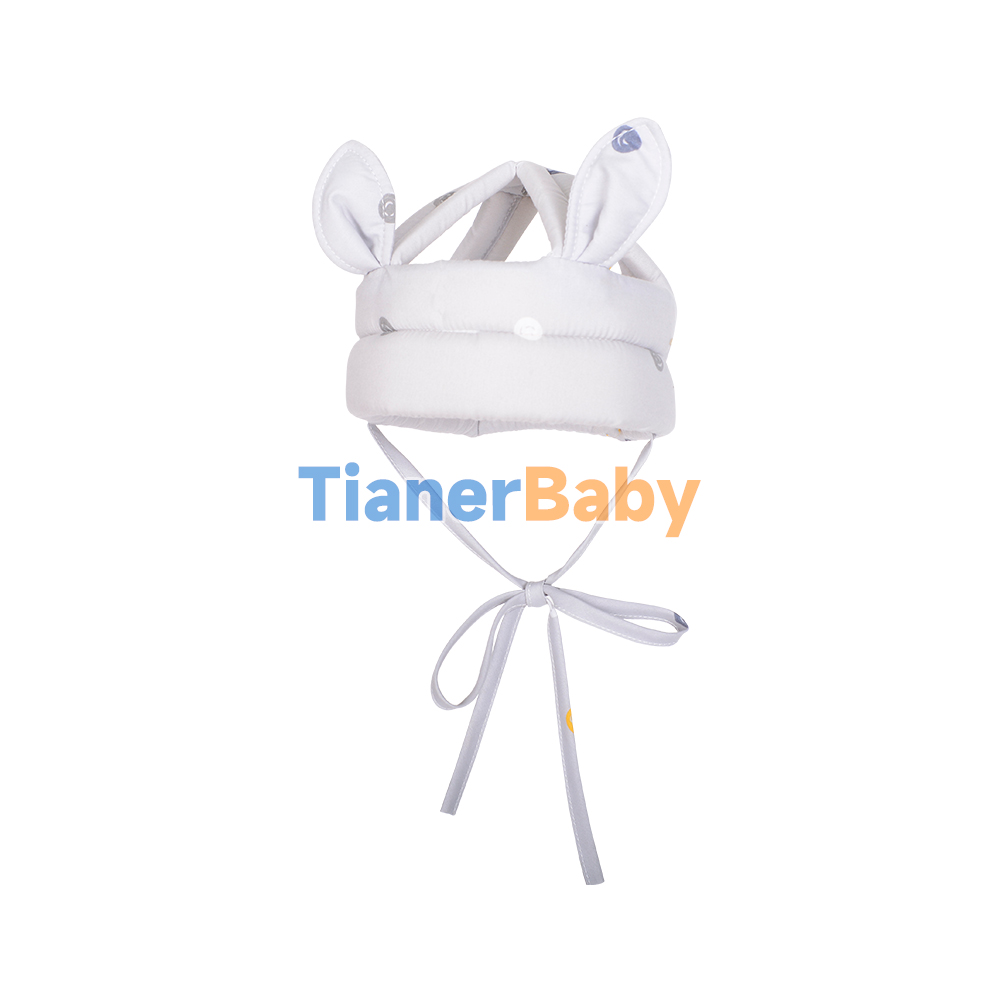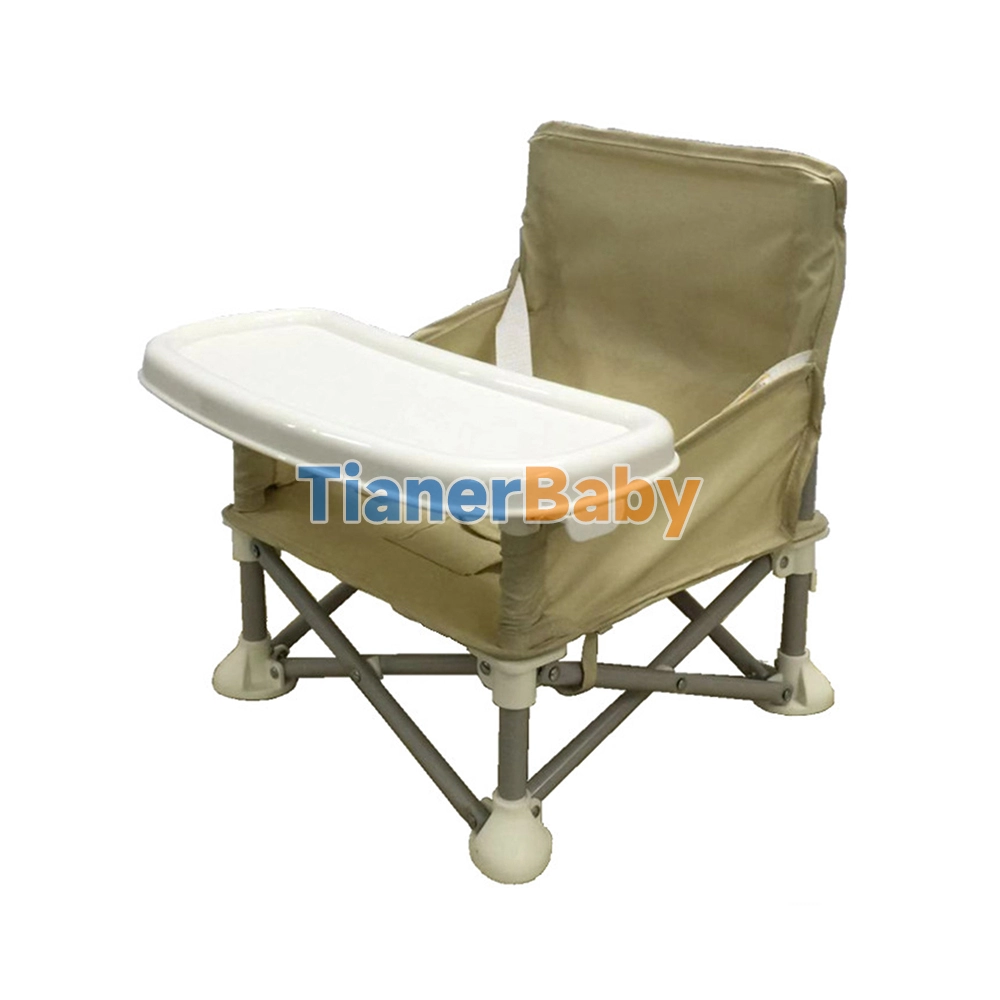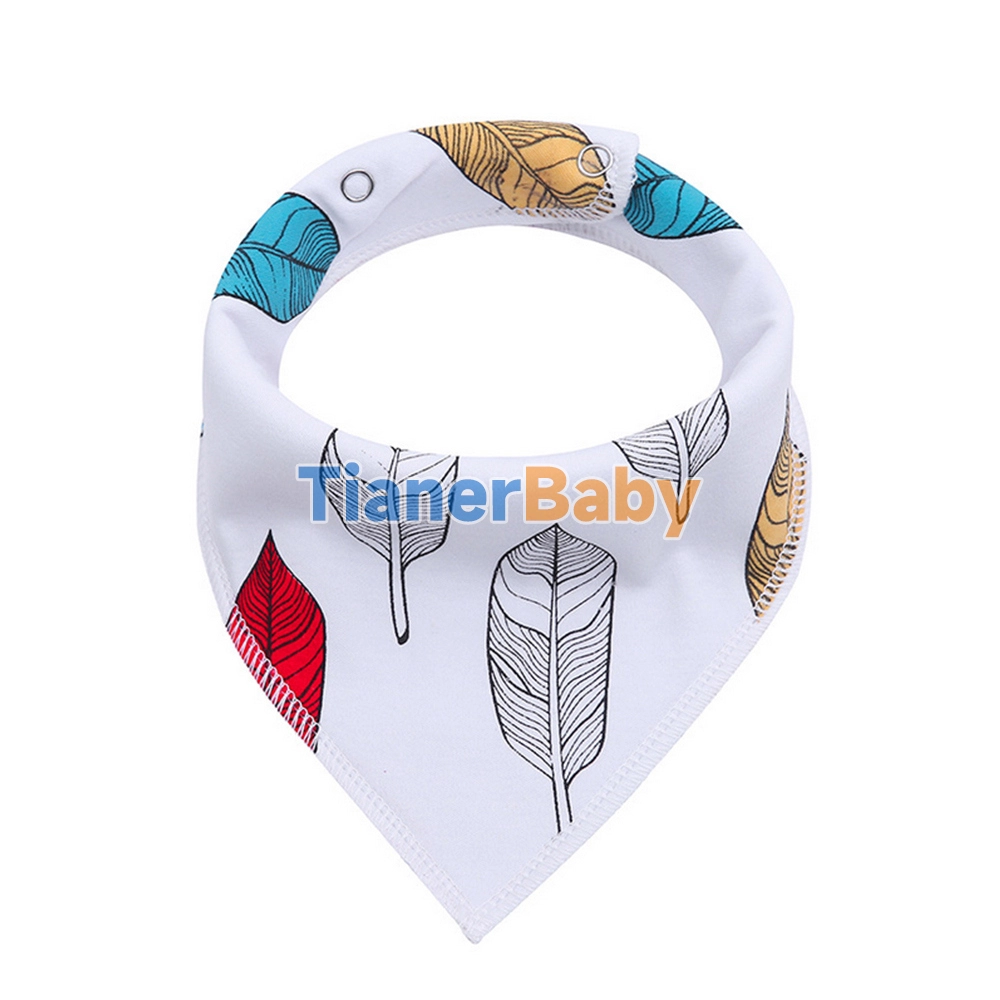Welcoming a new addition to the family is an exciting time, but it can also bring a lot of questions and decisions. One such decision is choosing the perfect baby carrier for your little one. With so many options available, it can be overwhelming to know where to start. That’s why we’ve created the ultimate guide to help you navigate through the world of baby carriers.
In this comprehensive guide, we’ll walk you through all the factors to consider when choosing a baby carrier. From safety features to comfort for both you and your baby, we’ve got you covered. Our expert tips and advice will ensure that you make an informed decision that suits your needs and preferences.
Whether you’re looking for a sling, wrap, or structured carrier, we’ll break down the pros and cons of each type. We’ll also provide recommendations based on different lifestyles and activities. With our guide, you can confidently choose the best baby carrier that fits your style and provides the utmost comfort and convenience for you and your little one.
So, let’s dive in and find the perfect baby carrier for your precious bundle of joy.
The importance of choosing the right baby carrier
Choosing the right baby carrier is essential for both you and your baby’s comfort and safety. A well-designed carrier should provide proper support for your baby’s developing spine and hips. It should also distribute their weight evenly to prevent strain on your back and shoulders. Additionally, a good baby carrier allows you to keep your hands free while keeping your baby close, promoting bonding and easier multitasking.
Types of baby carriers – wraps, slings, structured carriers
When it comes to baby carriers, there are three main types: wraps, slings, and structured carriers. Each type has its own unique features and benefits, so it’s important to understand the differences to make an informed decision.
- Wraps: Wraps are long, fabric pieces that you wrap around your body to create a secure and comfortable space for your baby. They provide excellent support and flexibility, allowing for various carrying positions. Wraps are particularly suitable for newborns and younger babies who need extra head and neck support.
- Slings: Slings are one-shouldered carriers that are worn diagonally across your torso. They offer a cozy and womb-like environment for your baby and provide easy access for breastfeeding. Slings are great for quick trips and snuggles with your little one.
- Structured Carriers: Structured carriers are the most popular type of baby carrier. They feature a structured frame with padded straps and a waist belt for added support. Structured carriers offer multiple carrying positions, including front, back, and hip carries. They are suitable for babies of all ages and are known for their ease of use and comfort.
Considerations when choosing a baby carrier – age, size, and weight of your baby
When selecting a baby carrier, it’s important to consider the age, size, and weight of your baby. Different carriers have specific weight and age recommendations, so make sure to choose one that aligns with your baby’s stage of development. Newborns and young babies require carriers that provide proper head, neck, and back support, while older babies may benefit from carriers that offer more versatility and freedom of movement.
Additionally, consider your baby’s size and your own body shape when choosing a carrier. Some carriers have adjustable features to accommodate different body types, ensuring a comfortable fit for both you and your baby. It’s also worth considering the season and climate in which you’ll be using the carrier. Look for carriers made from breathable materials for warmer weather, and ones with additional insulation for colder temperatures.
Safety features to look for in a baby carrier
Safety should be the top priority when choosing a baby carrier. Look for carriers that meet safety standards and have proper certifications. Some key safety features to look for include:
- Adjustable straps and buckles: Ensure that the carrier has adjustable straps and buckles to achieve a secure and snug fit. This will prevent your baby from slipping out or becoming too loose.
- Wide and padded shoulder straps: Wide and padded shoulder straps distribute the weight evenly and reduce strain on your shoulders. They also provide added comfort for you and your baby.
- Firm and structured seat: A firm and structured seat ensures that your baby’s hips are properly supported and positioned. This is particularly important for newborns and younger babies who are still developing.
- Secure fastenings: Check that all fastenings, such as buckles and snaps, are secure and durable. This will prevent any accidental openings or breakages while carrying your baby.
Benefits of using a baby carrier for both you and your baby
Using a baby carrier offers numerous benefits for both you and your baby. Let’s explore some of the advantages:
- Bonding and Emotional Development: Carrying your baby close to your body promotes bonding and emotional development. It allows you to respond quickly to their needs, providing a sense of security and comfort.
- Hands-Free Convenience: With a baby carrier, you can keep your hands free to complete daily tasks or engage in other activities. This can be especially helpful for parents who need to multitask or have older children to care for.
- Improved Sleep: The gentle motion and close proximity to your body can help soothe your baby and promote better sleep. Many parents find that their babies nap longer and wake up less frequently when carried in a carrier.
- Enhanced Cognitive Development: Being carried in a carrier exposes your baby to the sights, sounds, and movements of the world around them. This stimulation can contribute to their cognitive development and curiosity about the world.
- Breastfeeding Support: Certain types of carriers, such as slings, provide discreet and convenient breastfeeding support. They allow you to nurse your baby while on the go, making breastfeeding easier and more accessible.
How to properly use and adjust a baby carrier
Using and adjusting a baby carrier correctly is crucial for both your comfort and your baby’s safety. Here are some general steps to follow when using a baby carrier:
- Read the manufacturer’s instructions carefully before using the carrier. Familiarize yourself with all the features and adjustments.
- Adjust the carrier to fit your body securely. Start by adjusting the waist belt to sit comfortably on your hips. Then, tighten or loosen the shoulder straps to achieve a snug fit.
- When placing your baby in the carrier, ensure that their face is visible and free from obstructions. The carrier should hold your baby in an upright position with their knees higher than their bottom.
- Check that the carrier is properly fastened and all straps are secure. Make any necessary adjustments to ensure a secure fit.
- Regularly check on your baby while using the carrier to ensure they are comfortable and safe. Monitor their breathing and body temperature, and make any adjustments if needed.
Remember, each carrier may have specific instructions and adjustment methods, so always refer to the manufacturer’s guidelines for the best results.
Tips for maintaining and cleaning your baby carrier
To keep your baby carrier in optimal condition, follow these tips for maintenance and cleaning:
- Check the manufacturer’s guidelines for specific care instructions. Some carriers may be machine washable, while others require hand washing.
- Spot clean any stains or spills as soon as possible to prevent them from setting.
- Avoid using harsh chemicals or bleach when cleaning your carrier, as they can damage the fabric and compromise its safety.
- Hang your carrier to air dry, preferably in a well-ventilated area. Avoid direct sunlight, as it can cause fading or damage to certain materials.
- Regularly inspect your carrier for any signs of wear and tear, such as frayed straps or loose stitching. If you notice any damage, contact the manufacturer for repair or replacement options.
By following these maintenance and cleaning tips, you can ensure that your baby carrier remains in excellent condition and continues to provide a safe and comfortable experience for you and your little one.
Conclusion: Finding the perfect baby carrier for you and your baby
Choosing the perfect baby carrier for your little one is an important decision that requires careful consideration. By understanding the different types of carriers, considering your baby’s age and size, and prioritizing safety and comfort, you can make an informed choice.
Remember to explore popular baby carrier brands and their unique features, and read reviews and recommendations from other parents. Take the time to properly use and adjust your carrier, and follow maintenance and cleaning tips to keep it in great condition.
With the ultimate guide to choosing the perfect baby carrier, you can confidently select a carrier that suits your style and provides the utmost comfort and convenience for you and your little one. Happy babywearing!

